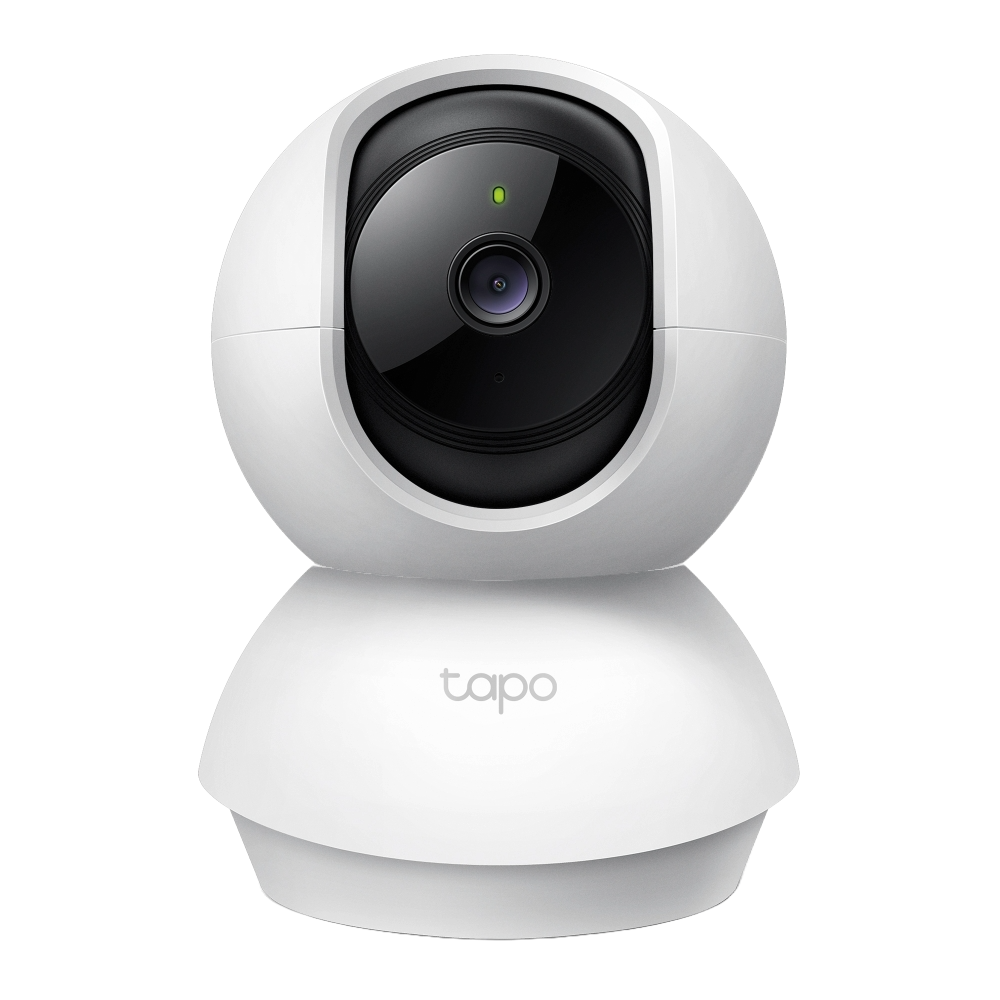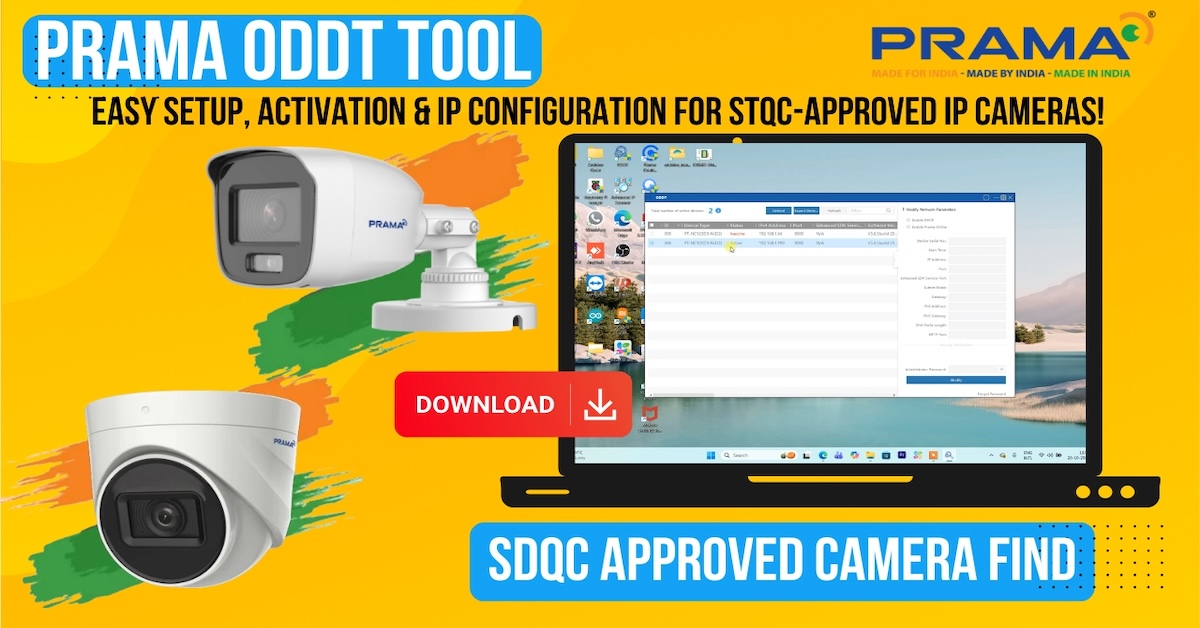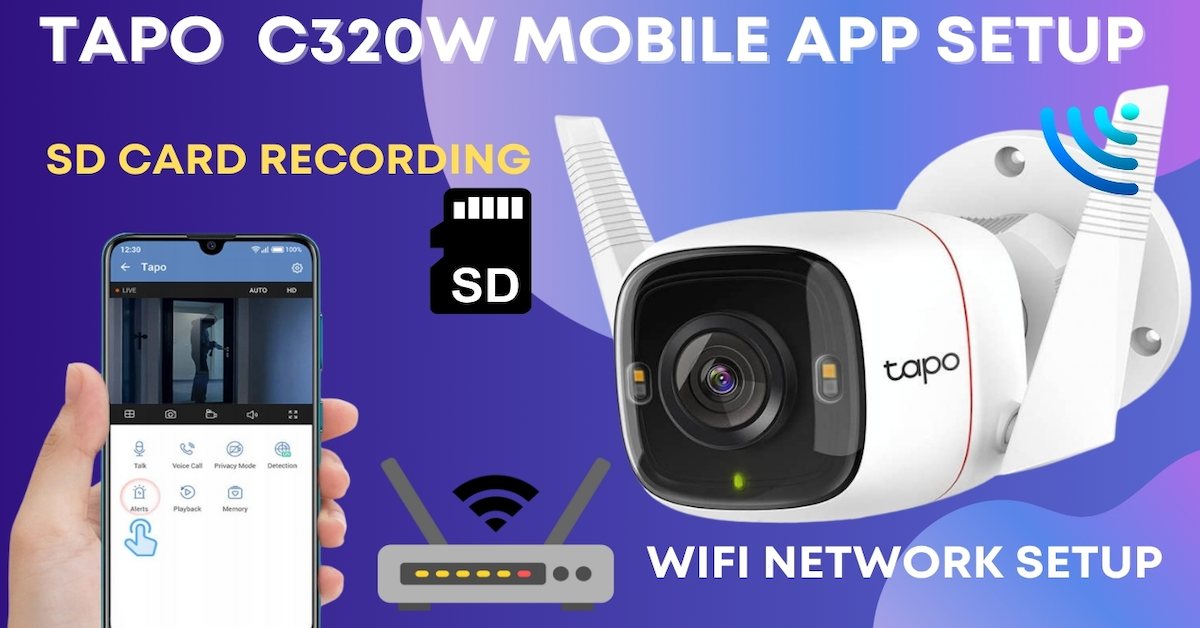In today’s world, ensuring the security of your property is more important than ever. One effective way to enhance your surveillance system is by adding Hikvision DVR cameras to your TP-Link VIGI NVR using the RTSP protocol. This setup not only provides a secondary backup but also allows you to extend your display, making it a powerful addition to your security infrastructure.
Why Use TP-Link VIGI NVR as a Secondary Backup?
The primary purpose of integrating your Hikvision DVR cameras with a TP-Link VIGI NVR is to create a secondary backup for your footage. In the event of theft or data loss on your main DVR, this backup ensures that your video recordings are secure. This setup is particularly valuable in high-security environments such as jewelry shops, offices, homes, and banks, where having an extra layer of protection is crucial.
Prerequisites
- Network Configuration: Ensure that both your TP-Link VIGI NVR and Hikvision DVR are connected to the same local network (either via LAN or Wi-Fi). This is essential for seamless communication between the devices.
- Firmware Update: Confirm that your TP-Link VIGI NVR is running the latest firmware version. Keeping the firmware updated is vital for accessing the latest features, security patches, and compatibility improvements that enhance performance when adding Hikvision DVR cameras to your NVR.

Step-by-Step Guide
1. Access the NVR Menu
Begin by right-clicking on the monitor screen connected to the TP-Link VIGI NVR to access the NVR menu. Log in using your admin account credentials to gain the necessary permissions to configure the NVR settings.
2. Adding the Camera
On the “Add Camera” page, look for a button labeled “Add Manually.” Click this option to manually add the camera, and select the ‘RTSP’ control protocol.
2.1 Enter IP Address
Input the Hikvision DVR’s IP address in the ‘IP Address’ field. After that, click on the “Manage RTSP” option to enter the Hikvision RTSP streaming path. The resource path is generally consistent across all channels, with only the camera channel number differing.




2.2 RTSP Stream Path Configuration
Here are the main and sub-stream paths for configuring the first camera channel:
- Main Stream:
streaming/channels/101/ - Sub Stream:
streaming/channels/102/
Make sure to check the “Enable Sub Stream” option to activate it.



2.3 Save the Configuration
Once you’ve entered the values for the streaming paths, click the “Save” button to save the configuration for “RTSP Protocol 1.” This step ensures that your settings are applied, allowing the camera to stream using the specified main and sub-stream paths.
3. Authenticate the Connection
Now, select the configured protocol, which is “RTSP Protocol 1,” for the first camera. Enter the username and password for the Hikvision DVR to authenticate the connection. Use “admin” as the username and the DVR’s password for this step. Finally, click the “Add” button to add the first channel stream of the Hikvision camera.


4. Viewing and Recording
After adding the camera, the channel will be visible on the live screen monitoring, and recording will begin according to your scheduled recording settings.
5. Adding Additional Cameras
To add the second camera channel, return to the “Add Camera” page and select “Add Manually.” Repeat the steps for entering the Hikvision DVR IP address, managing RTSP, and inputting the second camera’s RTSP Choose the “RTSP” control protocol, then enter the Hikvision DVR IP address in the “IP Address” field. Click on the “Manage RTSP” option to enter the second camera’s RTSP streaming path. In the “Select a Protocol” option, enter the custom RTSP stream path of the camera. For example, choose “RTSP Protocol 2” to input the streaming channel path for the second camera channel of the Hikvision DVR.
On this page, similar to before, you will see two options to enter the streaming paths: Main Stream and Sub Stream. Enter the second camera stream path as follows:
- The streaming path for the second camera’s main stream is streaming/channels/201/, and the RTSP port and transfer protocol remain unchanged.
- The streaming path for the second camera’s sub stream is streaming/channels/202/, and the RTSP port and transfer protocol remain unchanged. Additionally, make sure to check the “Enable Sub Stream” option to ensure the sub stream is active.
Once you have entered the values for the streaming paths, click the “Save” button to save the configuration for “RTSP Protocol 2.” This action will ensure that your settings are applied and that the camera can stream using the specified main and sub stream paths.
Now, select the configured protocol, which is “RTSP Protocol 2,” for the second camera of the live streaming. Next, enter the username and password for the Hikvision DVR to authenticate the connection.
- Main Stream:
streaming/channels/201/ - Sub Stream:
streaming/channels/202/
Authenticate the connection using the same username and password, and click “Add.”



6. Repeat for Additional Channels
Follow the same process for any additional camera channels (e.g., the third camera):
- Main Stream:
streaming/channels/301/ - Sub Stream:
streaming/channels/302/
If you encounter issues with the third camera, such as image distortion or improper display when maximized, you can resolve it by deleting the problematic camera and re-adding it with adjusted settings.

6.1 Fixing Streaming Issues
To fix the streaming issue with the third camera, delete it from the NVR list. Go to the “Add Manually” option, enter the DVR IP address, and select the RTSP protocol. Modify the streaming paths, setting both the Main Stream and Sub Stream to use the same path as the Sub Stream for better compatibility. This approach reduces the resolution to a more manageable quality for higher-resolution cameras.
- The streaming path for the third camera’s main stream is streaming/channels/302/, and the RTSP port and transfer protocol remain unchanged.
- The streaming path for the third camera’s sub stream is streaming/channels/302/, and the RTSP port and transfer protocol remain unchanged.






Conclusion
Once you have successfully added all the cameras to the TP-Link VIGI NVR, you can enjoy the benefits of a secondary backup system. Not only does the NVR serve as a storage device, but it can also act as a display extension, allowing you to view camera feeds on a TV or monitor through the NVR’s HDMI port.

Stay tuned for our upcoming videos, where we will provide more information and further insights into optimizing your surveillance setup!











